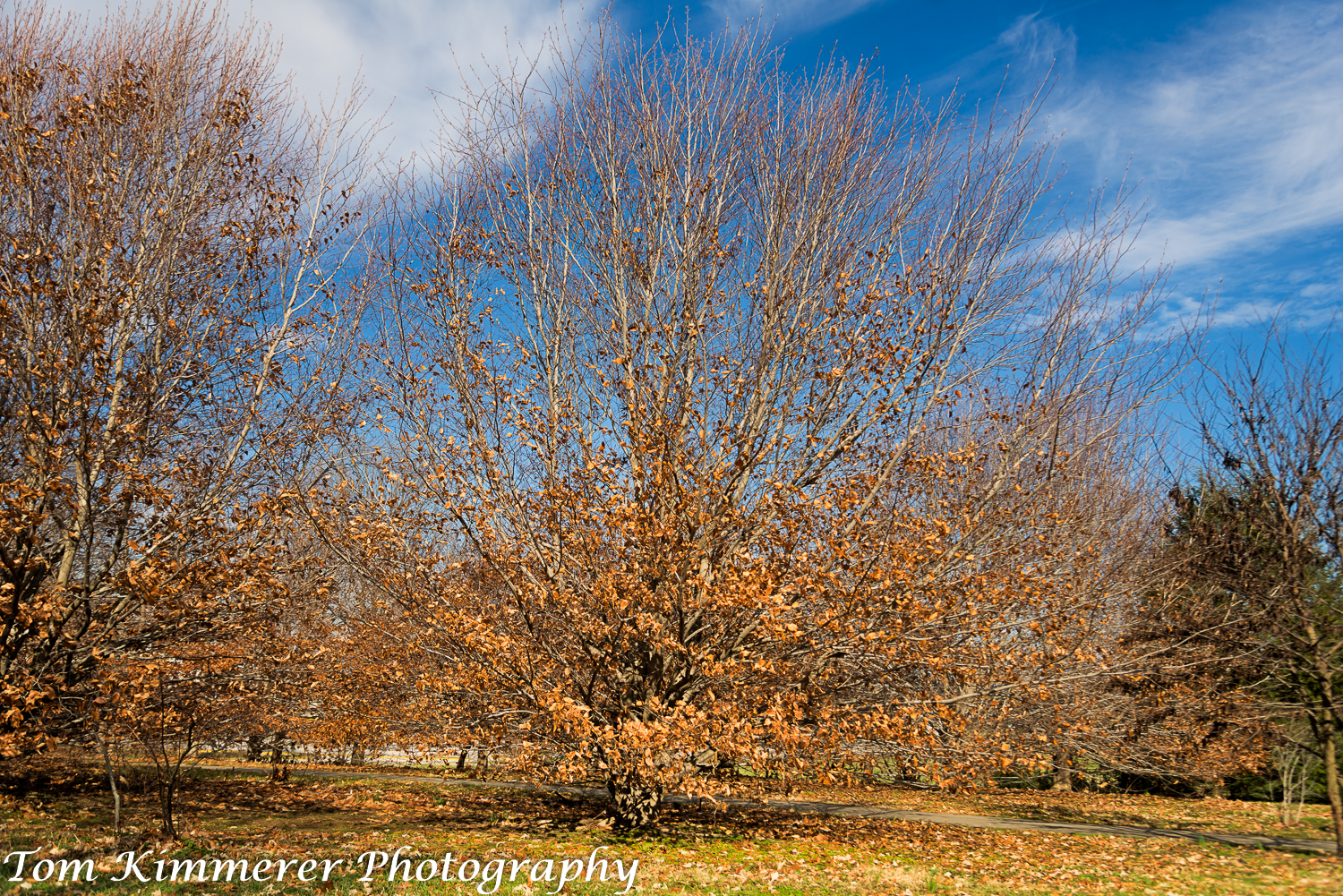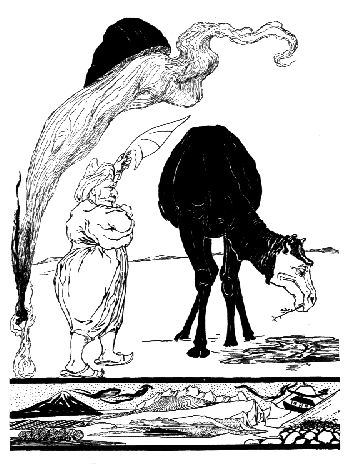Why do trees hold on to their leaves in winter? We get asked this question quite often. The short answer for the impatient reader is sex, or more specifically, puberty.
In some years, cold weather comes on so suddenly that leaves are killed by frost. Last year, a sudden cold snap came on the heels of an exceptionally warm Autumn, killing the leaves. In a more normal year like this one, trees gradually prepare for winter by creating a corky layer in the petiole that cuts off the leaves after nutrients have been moved into the stem for storage.
Although most leaves have fallen, many trees are still holding onto leaves in the lower part of the crown. This is most commonly seen in oak, beech and sugar maple.
We botanists love fancy words, and there is one for this: marcescence (from a Latin root meaning 'to shrivel'). Here is what happens: the corky layer that cuts off the leaves fails to completely grow, leaving the leaf still attached, if tenuously, to the tree. Over the course of the winter, the leaves gradually wear out and are dropped. Any remaining leaves are pushed off as growth resumes in the spring.
If you search the internet you will find erudite explanations of why trees have marcescent leaves, but they all fall into the category of "Just So Stories." Rudyard Kipling wrote a volume of Just So Stories for kids in which he provided fanciful, often silly, explanations for things kids might see in nature. You may remember reading these, including the most famous one "How the Camel Got its Hump." (Answer - through laziness). Today, biologists use the term "just-so stories" for flights of fancy that are not supported by any actual information. Just so stories are most commonly told about the supposed adaptive significance of a certain trait with little or no evidence. Telling stories about supposed adaptations is not necessarily a bad thing - it can lead to a hypothesis which can be tested. There are a lot of just-so stories about trees because we know so little about their biology.
Let's ignore the just so stories and focus on the one thing we do know about why trees hold their leaves. It has to do with sexual maturity. Many trees hold on to their leaves when they are not sexually mature. In trees, sexual maturity is defined by flowers (or other reproductive organs). Before a tree starts flowering, it is immature. Flowering may begin at anywhere from a few years to many decades, depending on the species and the growing conditions.
OK, but then why do some very big trees hold on to their leaves? It turns out that, for reasons we don't know, trees keep some branches - especially those low in the crown and close to the main stem - in an immature condition. This juvenile zone is easy to see if you watch a tree over a year or so: the parts of the tree that hold onto leaves through the winter will not bear flowers or fruit the following year.
So it is simply sexual maturity that determines whether the leaves fall off or not. Why should the immature parts of the tree hold on to their leaves? We have no idea, but if you'd like to make up a just so story, feel free. I suspect (and perhaps this is my just so story) that the juvenile zone has different plant hormone balances than the mature zone. Since hormone balances have a lot to do both with sexual expression (flowering) and leaf abscission, it may simply be that immature branches lack the proper hormone balance to complete the abscission layer.
One practical use of this knowledge is in plant propagation. It is very difficult to root cuttings from mature parts of a tree, but often much easier to root cuttings from the juvenile zone, so observing which branches retain leaves is a quick indicator of the juvenile zone.



Pingback: The Smell of Spring - Planet Experts